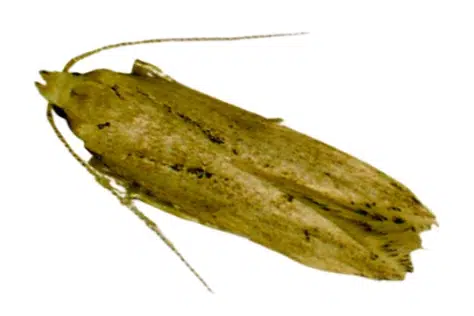
The Angoumois grain moth is a major threat to stored grains in Sri Lanka, causing significant damage and economic losses. This persistent pest can infest a variety of cereals, reducing their quality and marketability.

With over 50 years of trusted service, we bring expert pest management islandwide.
© All Copyright 2024 by Ceylon Pest Control | Developed By Ladder Global